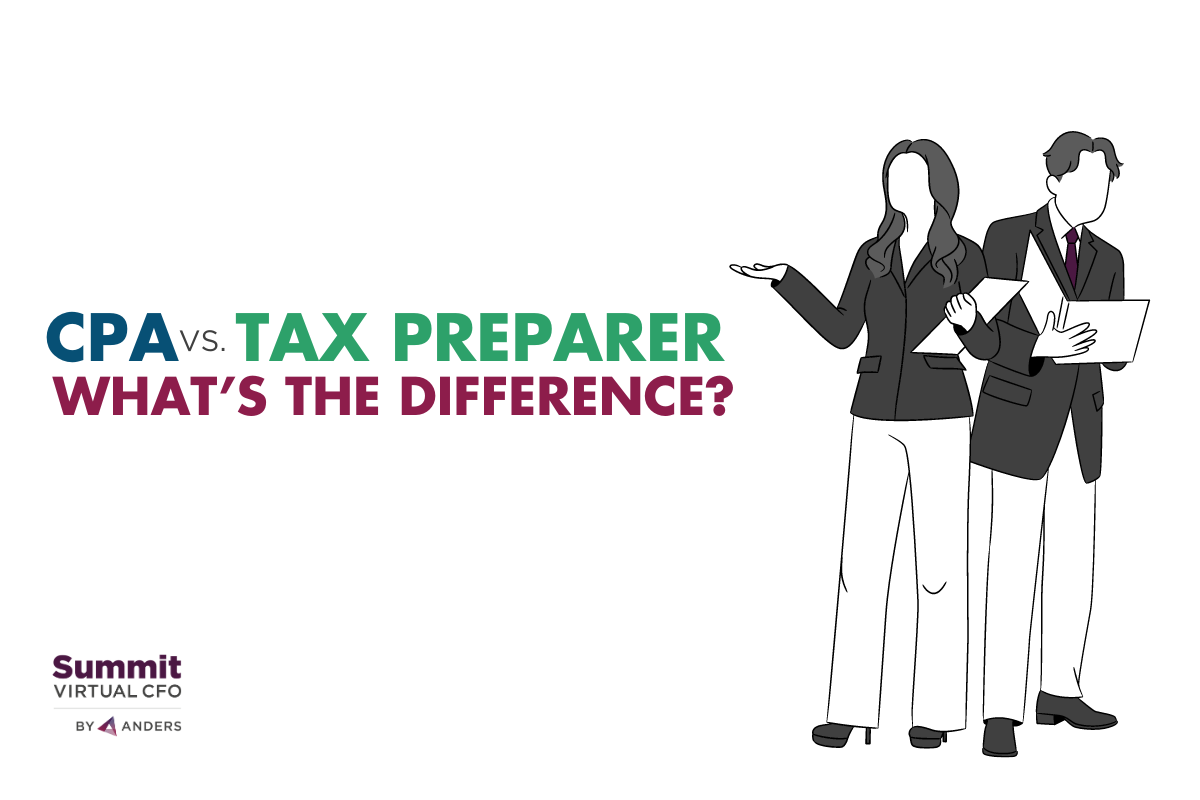The tax reform bill that was passed in December 2017 has many provisions intended to benefit small businesses. The provisions include rules that will affect the way a small business will explain (account for) the cost of capital expenditures.
There are 2 things you need to know about expensing capital expenditures:
Section 179 deduction
Beginning this year the amount of business property purchases you are able to expense each year increases to $1 million (previously $500,000). Usually, the spending for business property (office equipment, vehicles, etc.) are capitalized and depreciated in a way that the tax benefit is spread out over several years. However, Section 179 does allow you to take the tax break immediately in the year the property is placed into service. Here are a few tips:
- Section 179 has an eligibility phase-out that ensures that it is only used by small businesses. The new law increased the eligibility to $2.5 million (up from $2 million). If a business spends more than the $2.5 million for business property during the year, the ability to use the $1 million Section 179 deduction will be reduced “dollar for dollar” above that amount.
- Section 179 deductions can be used for both new and used equipment.
- The section 179 deduction can now be used to furnish lodging as well as in connection with furnishing lodging - for example, rental property. It may also include things such as alarm systems, heating and air conditioning, and roof improvements to non-residential real estate assets.
Bonus depreciation (also known as 1st year bonus depreciation)
For a limited time, the bonus depreciation limits are also improved. Similar to Section 179, the bonus depreciation also allows a business to immediately expense capital purchases rather than depreciating them over several years.
Beginning 2018 the first-year bonus depreciation will increase to 100 percent of the qualified asset purchase price for the next five tax years. It can also now be applied to the expense of purchasing used property as well as new. Here are a few tips:
- Typically, bonus depreciation is used for short lived capital investments that have a 20 year or less, useful life such as; equipment, machinery, and software.
- Bonus depreciation can now be used for new and used equipment as long as it is put into service at your business during the tax year.
- After 2022, the allowable bonus depreciation begins to decline. In 2023, it will fall to 80%, 2024 it falls to 60%, 2025 it falls to 40%, and in 2026 it falls to 20%.
Tax reform has provided expanded tools to accelerate depreciation, though it may not be benefit you in every situation. There are times when using the standard capitalization and depreciation tax it the better way to go. The tax benefits only change the timing, not the amount of a capital purchase that can be expensed.
It can be complicated calculating whether or not your business will benefit from the revamped expensing tools. If you need assistance contact our office at (866) 497-9761 to schedule an appointment with our advisors.
.png?width=120&height=77&name=Summit-Virtual-CFO_color_rgb%20(1).png)














